Practise identifying percentages with visual percent models by playing an exciting 'I Have, Who Has?' game.
👀 Looking for Percent Games?
Are you looking for a fun way to engage your entire class as you begin your percentages unit? When first introducing this concept, many teachers like to represent percentages in a form familiar to students: a 10×10 grid. With this visual model, students can determine how many squares are shaded to represent the percent of the square.
Teach Starter has created a fun “I Have, Who Has?” game where all your students can participate and learn simultaneously! This download includes 32 game cards. If you have cards left over after distributing them to your students, assign a few students to have 2 cards.
To play:
- Distribute one card to each player.
- Play begins when the student with the first card reads their card. Players listen for the problem that results in an answer on their cards.
- When a player hears the problem corresponding to their card’s answer, they read their card.
- Play continues until the last card is read.
Through this activity, students will show they can determine a percentage from a 10 x 10 grid model.
Tips for Differentiation + Scaffolding
A team of dedicated, experienced educators created this resource to support your math lessons.
If you have a mixture of above and below-level learners, check out these suggestions for keeping students on track with the concepts:
🆘 Support Struggling Students
Help students who need help understanding the concepts by demonstrating how the game works in a small group. Select a few students to sit in the front of the room and show them how to play the game. Students can observe how students determine the percentage on their card and wait to hear the question that corresponds with their answer.
➕ Challenge Fast Finishers
If there are students who need an added challenge, encourage them to write their percentage as both a fraction and a decimal.
Easily Prepare This Resource for Your Students
Use the dropdown icon on the Download button to choose between the colour PDF, black and white PDF, or editable Google Slides version of this resource.
Print on cardboard for added durability and longevity. Place all pieces in a folder or large envelope for easy access.
This resource was created by Cassandra Friesen, a Teach Starter Collaborator.
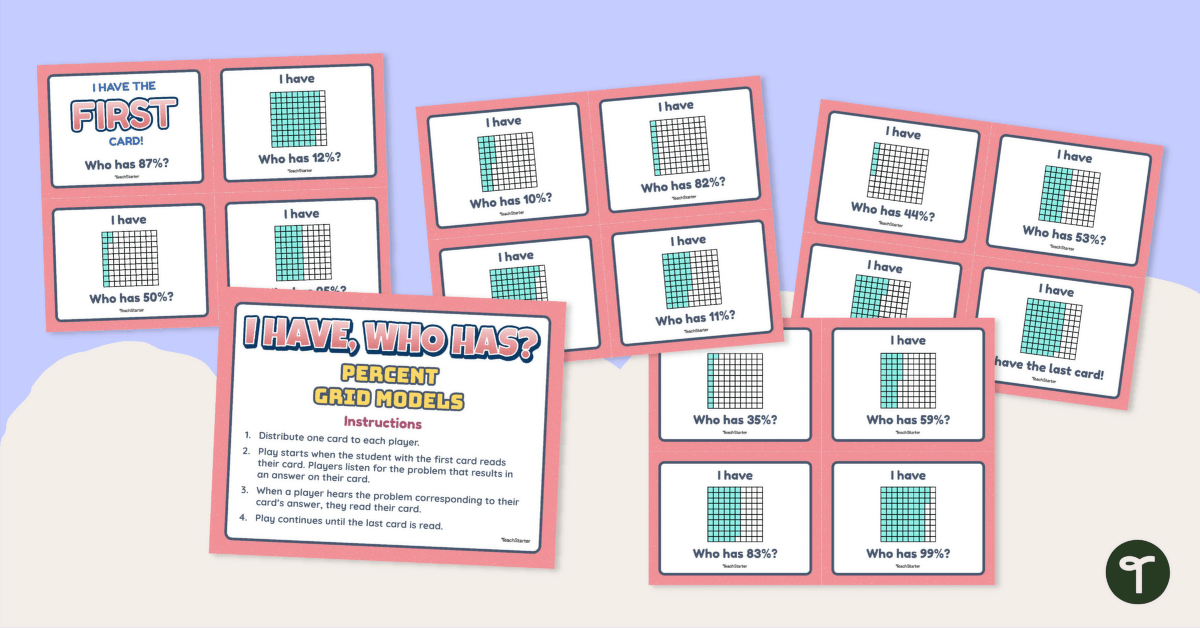

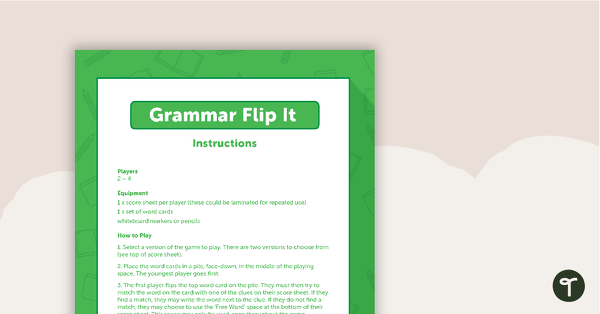
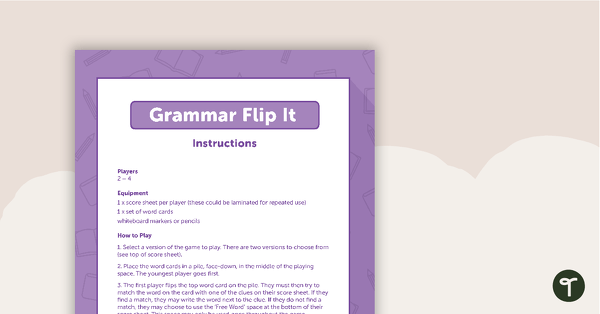
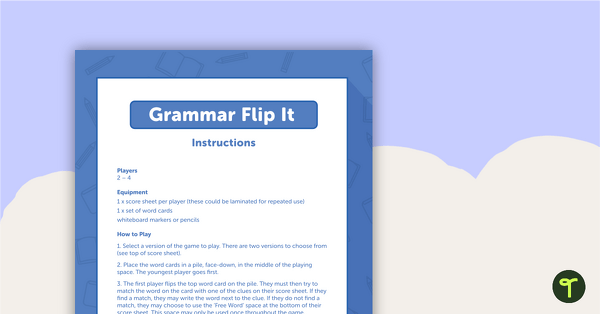

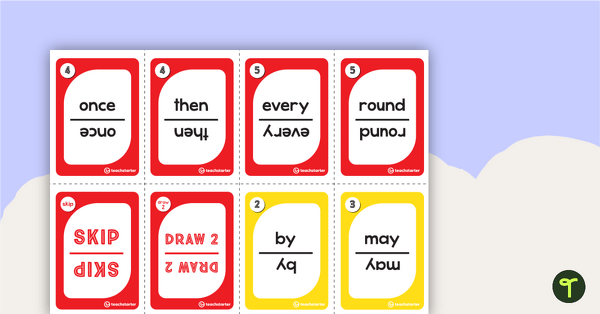
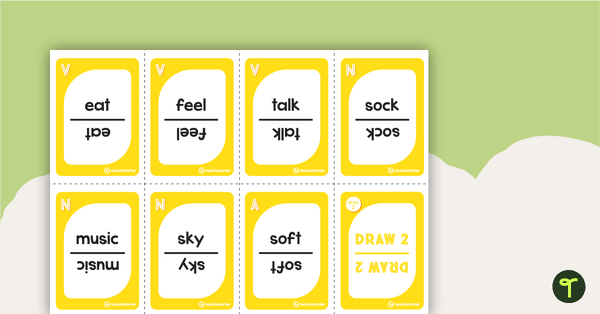
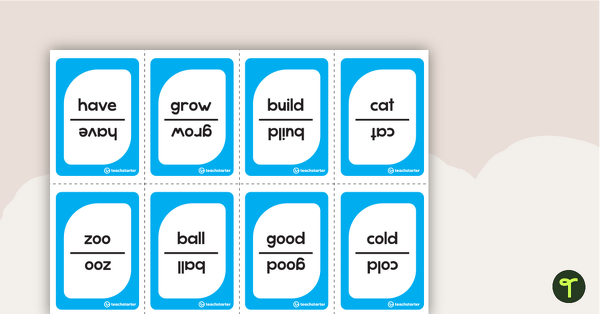
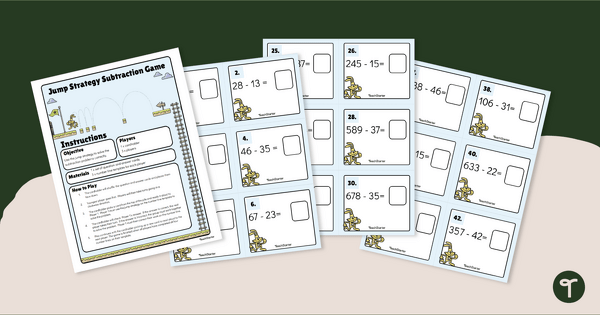
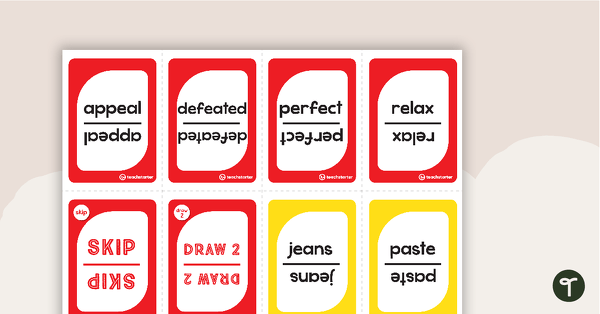
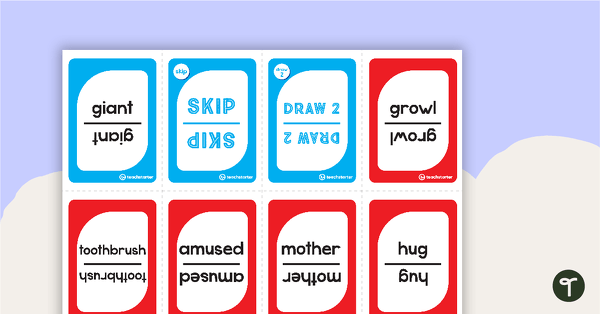
0 Comments
Write a review to help other teachers and parents like yourself. If you'd like to request a change to this resource, or report an error, select the corresponding tab above.